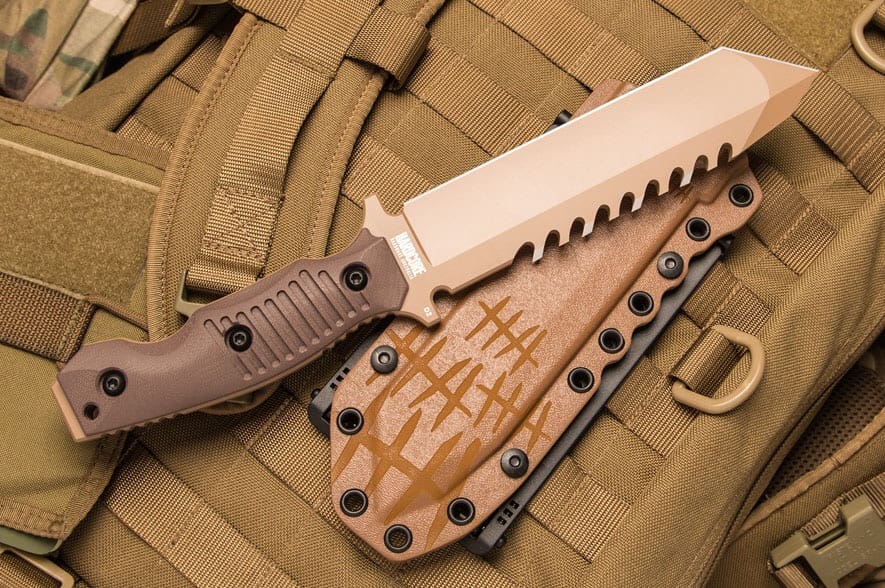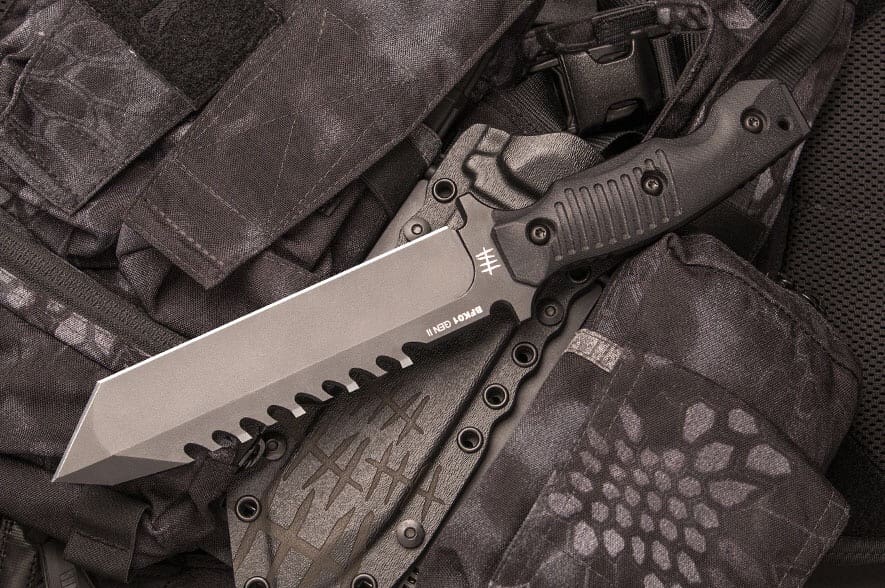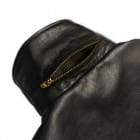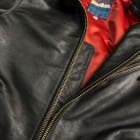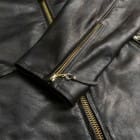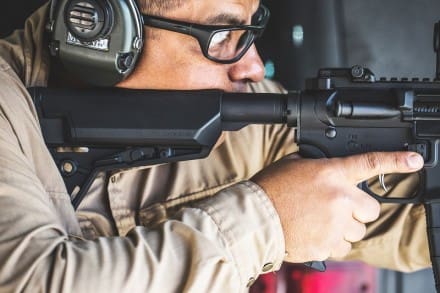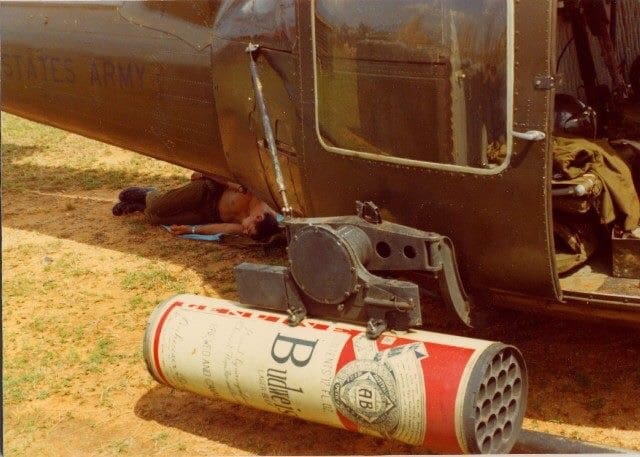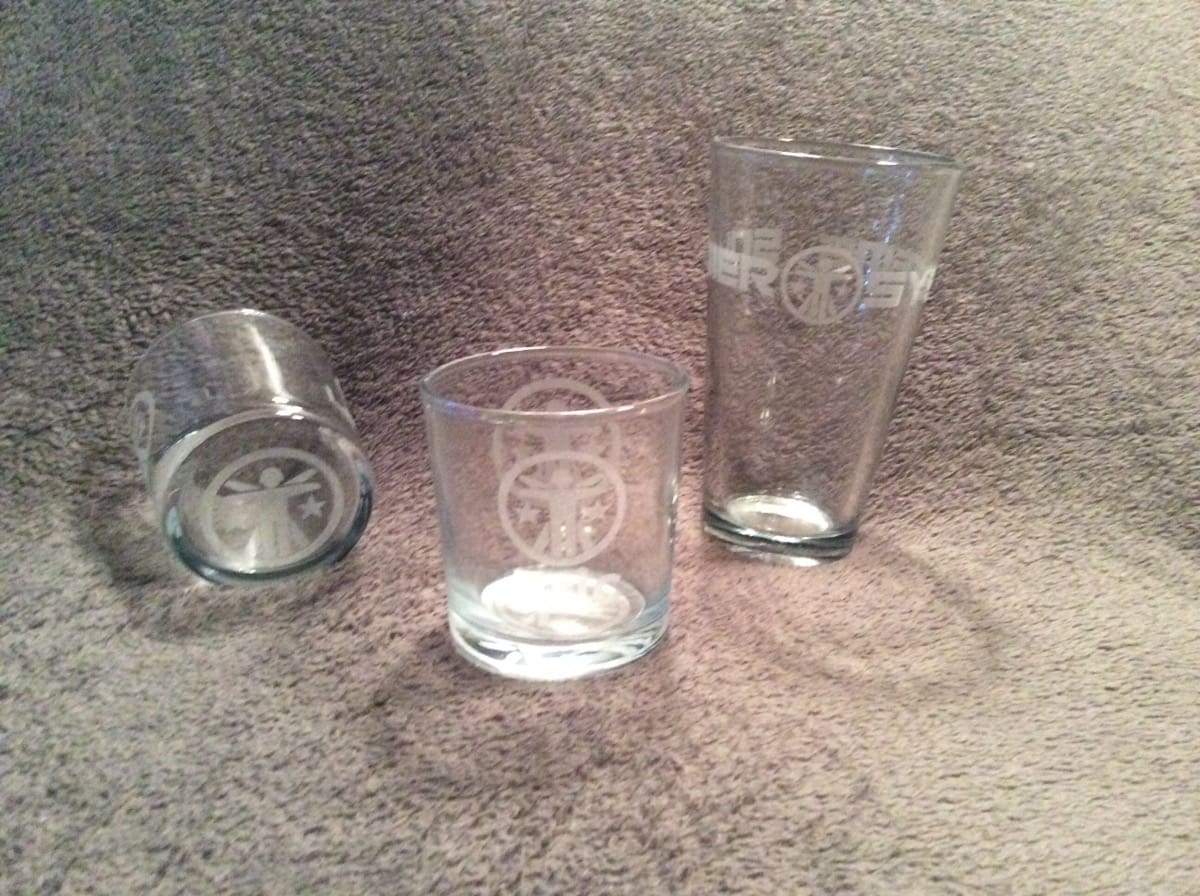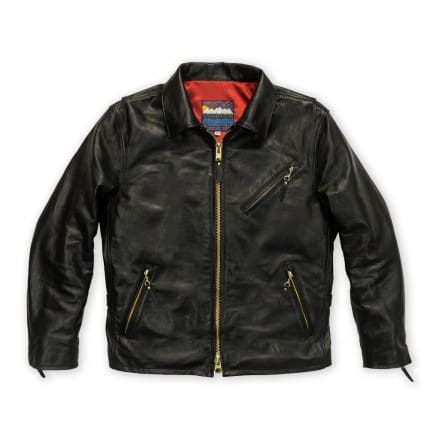
O.R.66 Jacket
Timeless Design, American Horween Horsehide, Made in the USA
Prometheus Design Werx introduces their O.R.66 Jacket. Expertly handmade in San Francisco, with American Horween Horsehide, this timeless everyday jacket style has been worn by rogues, scholars, pilots, motorcyclists, cops & robbers alike since the 1930s. Long before technical synthetics, leather and horsehide in particular, was the material of choice for rugged outerwear. Considered the most durable and desirable of all leather hides, the O.R.66 in horsehide is an acquisition that is intended to last your lifetime and passed down to your children. Designed and made in California, USA.
The O.R.66 Jacket is a part of their Made in USA CORE-Line of products by Prometheus Design Werx.
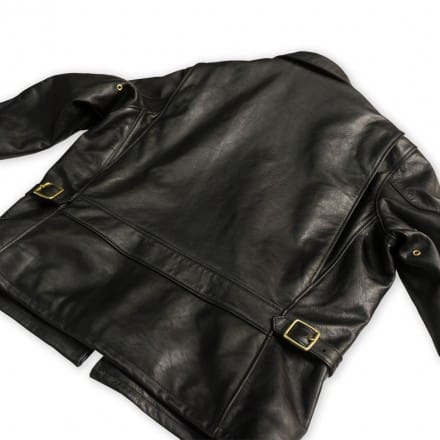
The Design and R&D Team at PDW states:
“Some of the PDW Team has been riding for over 30 years. We know very well the value of a leather jacket that you can rely on. Our objective here was to create that one goto leather jacket in your wardrobe.
The 1930s was the “Golden Age of Aviation”, the end of Prohibition, the era of Streamline Moderne, the Great Depression, Big Band and Jazz, the Yankees ruled baseball, and the beginning of WWII. There was value and common sense in well made, durable consumer products and goods. It was during this decade the “Half Belt” style leather jacket was born. A design that is sleek, minimalist and stripped of any superfluous ornament. To create the O.R.66 Jacket, we started with three authentic period examples of this style jacket from the 30s, 40s and 50s, and created our master pattern. Our select American Horween Horsehide is in a very special 2.75oz hide weight, and the tanning method chosen produces a jacket equally at home around town, on a motorcycle, or in a cockpit. The O.R.66 is superior in tensile strength, abrasion resistance, and durability to any cow and steer hide jackets in heavier weight classes. The O.R.66 will break in with use and display its characteristics as unique as the individual who wears it.
Without changing the defining design characteristics and silhouette, we updated this timeless style with a few subtle functional updates. Period USN G1 style wind flap and gusseted bi-swing back were added for those of us who ride, there are 2 leather lined interior Napoleon pockets taken from custom leather jackets made for Federal Agents that can withstand holding backup pieces, a zippered “hide-away” pocket in the back of the collar for a spare cuff key to bug out cash, and a rich, deep red nylon sateen lining popular with riding jackets from the days of Rockers and the legendary Ace Cafe.”
The PDW O.R.66 Jacket will be available on Wednesday, Dec 14, 2016 at 1:00pm PST via their website, prometheusdesignwerx.com.


